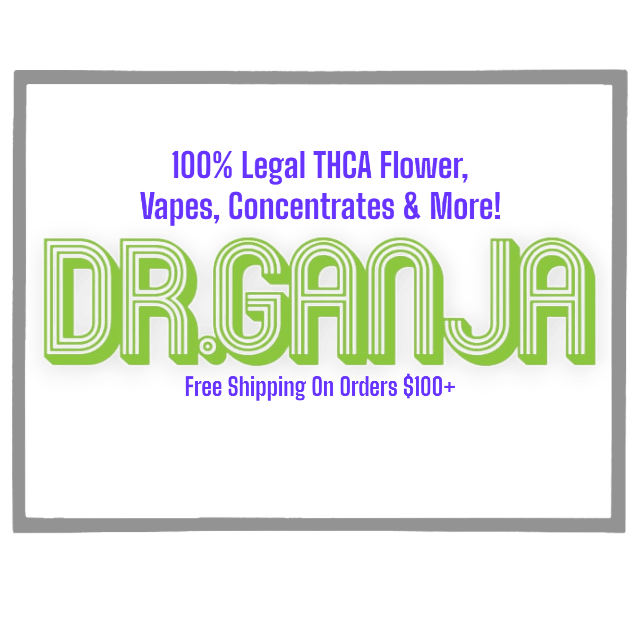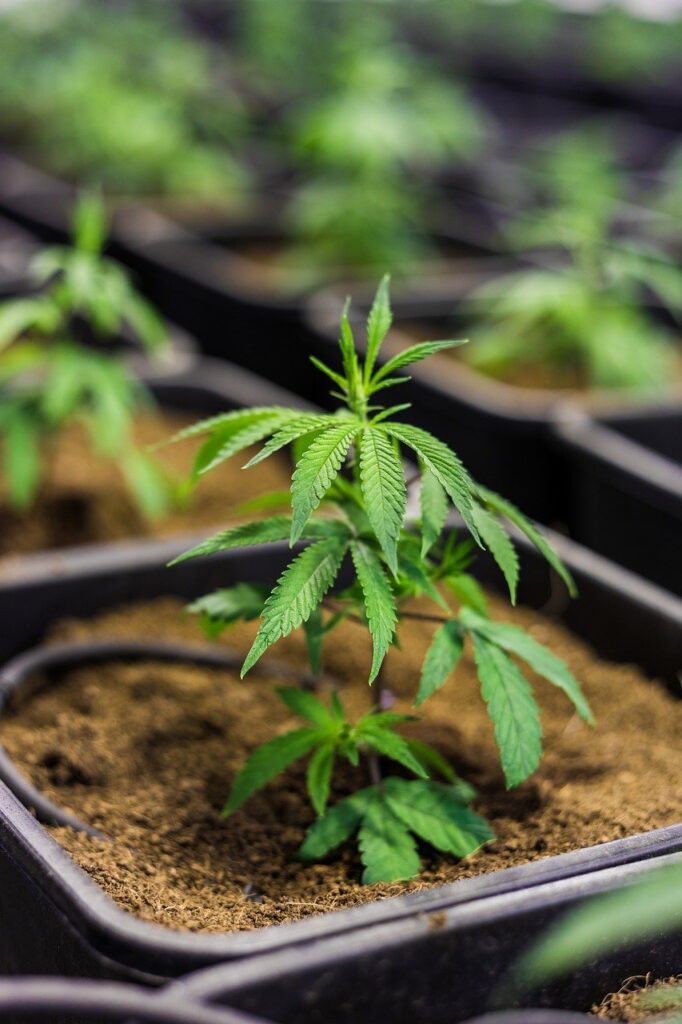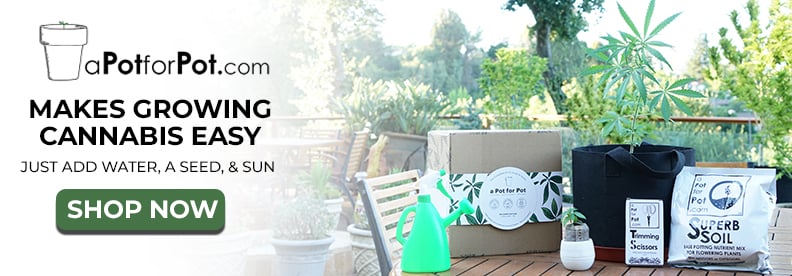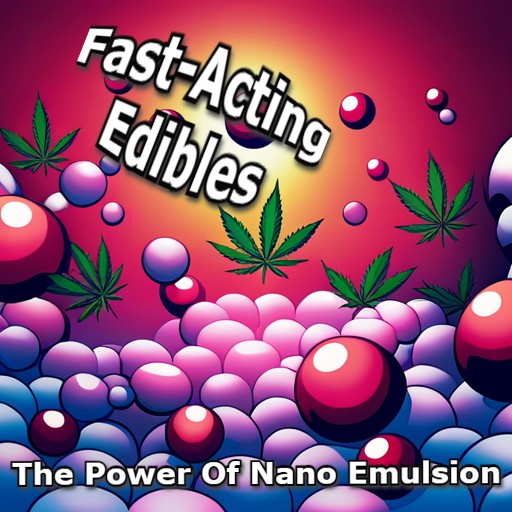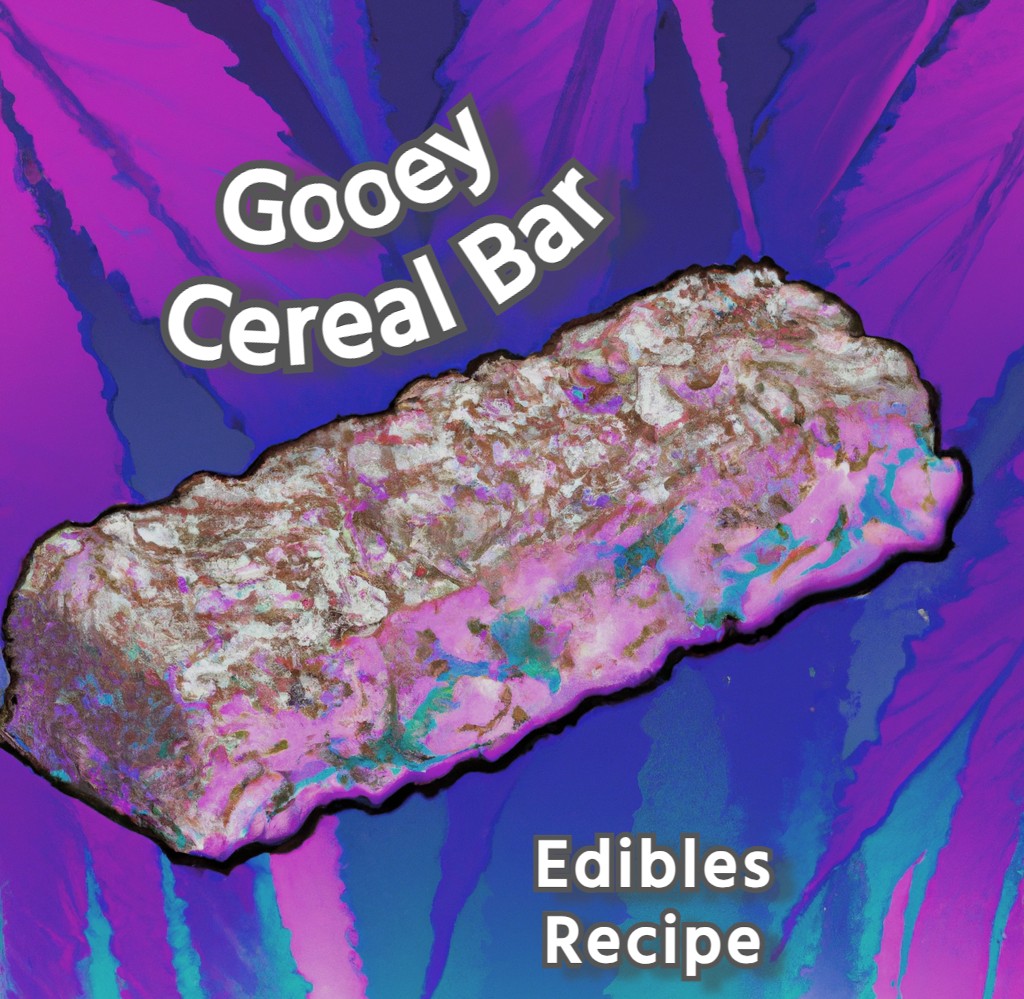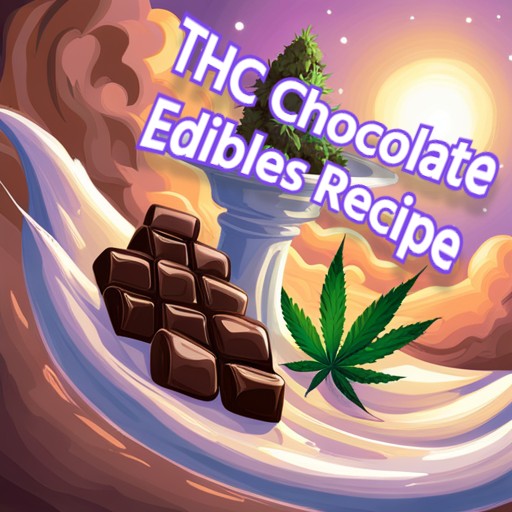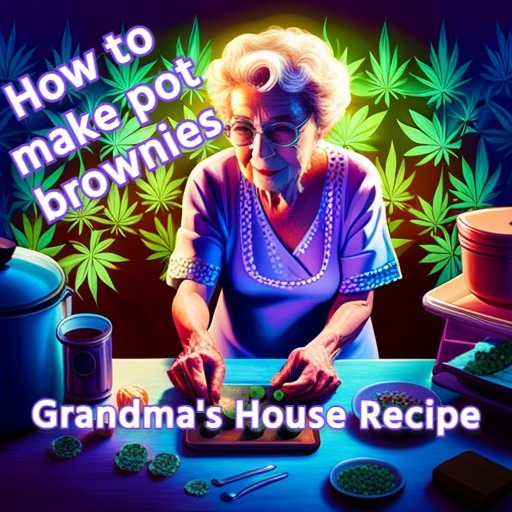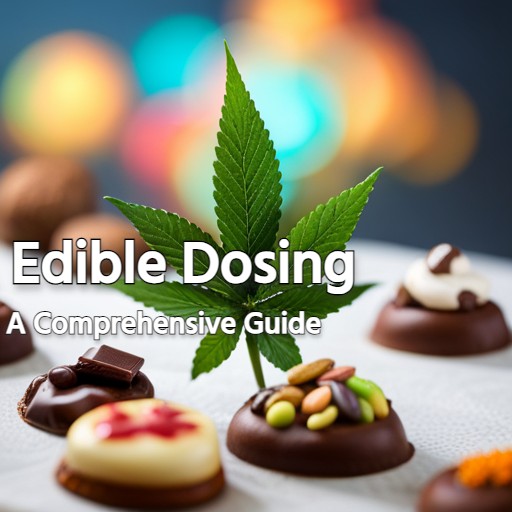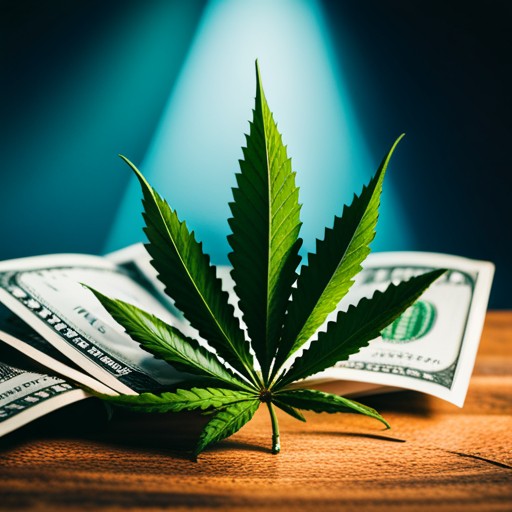*When you purchase through our links, we may earn commissions from Amazon and other retailers at no additional cost to you. Please help keep The420Lifestyle a free service by purchasing from our partners and affiliates.
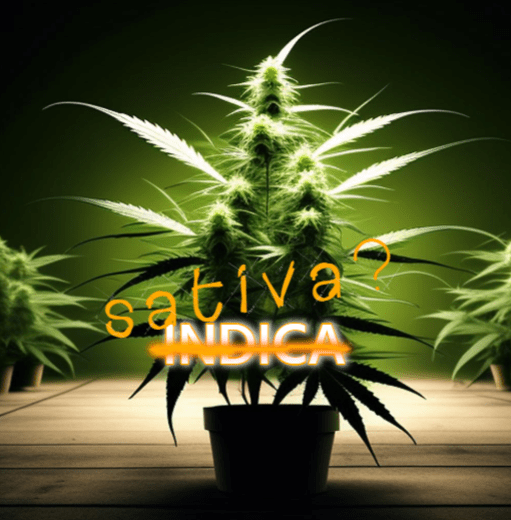
In the world of cannabis, the terms “indica” and “sativa” have long held a mystical allure. They promised distinct highs and tailored experiences; a simple guide in a complex botanical kingdom. But as the cannabis industry evolves, it’s become clear that these labels have been stretched beyond recognition, serving more as marketing tools than botanical truths. In this article, we’ll explore how “Indica vs. Sativa” became nothing more than a marketing myth, and why the correct terminology now revolves around “Type 1”, “Type 2”, and “Type 3” cannabis.
A Marketing Mirage
The O.G. Vocabulary
Traditionally, “indica” strains were believed to induce relaxation and “sativa” strains to provide energy and creativity. Additionally, “indicas” grow short and plump, while “sativas” are tall and thin. And don’t forget about “ruderalis”, the very short autoflowering, cold-tolerating, low-maintenance beauty that has become a staple for indoor growing techniques!
Intense Marketing
There’s a twist, however: these labels were never a truly reliable indicator of effects. The marketing machine went into overdrive, exaggerating the differences to boost sales.
Consumers bought into the idea of predictable experiences based on these categories. Although the terms indica and sativa (and don’t forget ruderalis) are acceptable ways to describe a particular varietal’s lineage, they are not “politically correct” terms with specific sets of guaranteed results.
It’s All Hybrid
In reality, TRUE indica and sativa strains (known as landraces — because they come from the land and not from a corporate cannabis manufacturing facility) are nearly extinct. Let’s not kid ourselves, for all intents and purposes they ARE extinct! Most cannabis on the market today is some form of hybrid.
Unless you’re reading this from deep within an untouched part of the Hindu Kush Mountains, sitting next to an ultra-rare wild Kush cannabis plant — the lines between these categories have blurred as breeders mixed genetics, creating strains that defy traditional classifications.
The Correct Terminology
Type 1, 2, and 3 Cannabis
You may be asking yourself, “So if indica and sativa are unreliable indicators used by corporate cannabis to get consumers to spend more money, what should we use instead?” The answer lies in the scientific classification of cannabis into ‘Type 1’, ‘Type 2′, and ‘Type 3’.
- Type 1: These are THC-dominant strains, often associated with euphoria and energy. However, effects can vary widely due to THC percentages and additional cannabinoids (CBG, CBC, CBD, etc). Higher THC levels are often associated with negative effects like anxiety, paranoia, lethargy, etc. This is the cannabis you will find in most dispensaries.
- Type 2: Contains some (5%-50%) CBD, but THC is generally dominant or equal. These often provide a middle ground between relaxation and alertness. If you enjoy the effects of marijuana but occasionally experience anxiety with its use, try a type 2. Type 2’s rarely produce any anxiety or paranoia, while still offering the (albeit, slightly reduced) cannabis intoxication that we all know and love!
- Type 3: CBD-dominant strains, known for relaxation and potential therapeutic benefits without the high. Type 3’s are usually legally considered “hemp”. All legal hemp falls into the category of Type 3 cannabis (contrary to popular belief, hemp is not a subspecies or different form of cannabis; hemp is simply a legal term used to describe cannabis with less than 0.3% THC on a dry weight basis. There is no difference between cannabis and hemp. Hemp is cannabis).
🌿- Join The Lifestyle. Subscribe To Our Newsletter -🌿
Oversimplification & The Impact On Consumers
High Hopes
By oversimplifying cannabis effects, the marketing of “Indica vs. Sativa” did a disservice to consumers. Expectations often didn’t align with reality, leaving people disillusioned with the plant’s potential. Some even falsely believe that since there is a large variety of phenotypes, this must equate to a proportionately large number of ailments and conditions marijuana may help relieve.
As budtenders and industry executives, we see endless examples of dispensary patients and patrons who are upset that the indica they just bought didn’t put them to sleep -or- the sativa vape they grabbed during their last visit isn’t boosting their energy and creativity. All just victims of strategic marketing. Insert sad face. 🙁
Education Is The Answer
With the industry maturing, there’s a growing emphasis on educating consumers about the complex chemistry of cannabis. We’re moving toward a future where consumers can make informed choices based on cannabinoid and terpene profiles rather than broad categories.
The next time you’re picking up your herbal medicine at the dispensary, see if your budtender knows the difference between type 1, 2, and 3 cannabis. If they don’t, educate them. And then consider shopping somewhere else -or- try your hand at growing your own with some easy autoflower seeds!*
Indica vs. Sativa was a marketing marvel of its time, but the truth is far more nuanced. As we enter the era of Type 1, Type 2, and Type 3 cannabis, we’re embracing the complex beauty of this plant. It’s a reminder that nature can truly defy categorization. 🌿🔍🌟
Disclaimer: *When you purchase through our links, we may earn commissions from Amazon and other retailers at no additional cost to you. Please help keep The420Lifestyle a free service by purchasing from our partners and affiliates. | This article is for informational and educational purposes only, and is not medical or legal advice.


